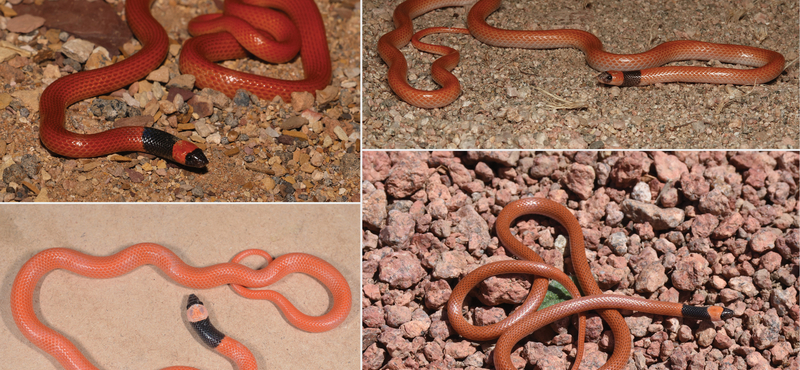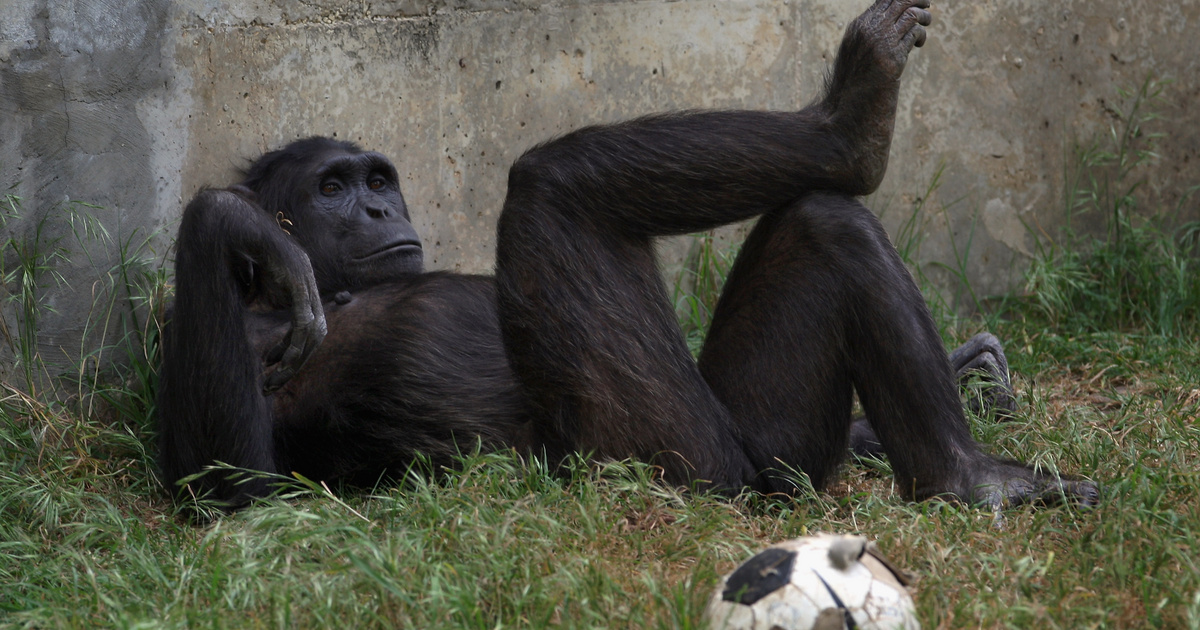[{“available”:true,”c_guid”:”cd343896-9c6a-4c0c-a492-9d175ff8092f”,”c_author”:”Mészáros Márton”,”category”:”gazdasag”,”description”:”A legforróbb napon, szerdán közel 53 Celsius-fokot is mértek Delhiben. A szélsőséges időjárás vasárnapig legalább 77 áldozattal járt, de a valós szám ennél is nagyobb lehet. A forróságnak leginkább kitett építőipari és gyári munkások számára kötelező sziesztát írtak elő, de vannak, akik épp a hőség miatt kénytelenek többet dolgozni.”,”shortLead”:”A legforróbb napon, szerdán közel 53 Celsius-fokot is mértek Delhiben. A szélsőséges időjárás vasárnapig legalább 77…”,”id”:”20240603_india-hoseg-valasztas”,”image”:”https://img.hvg.hu/Img/ffdb5e3a-e632-4abc-b367-3d9b3bb5573b/cd343896-9c6a-4c0c-a492-9d175ff8092f.jpg”,”index”:0,”item”:”b513ca3f-c57d-42f0-94e6-81cc97187a99″,”keywords”:null,”link”:”/gazdasag/20240603_india-hoseg-valasztas”,”timestamp”:”2024. június. 03. 16:22″,”title”:”„Akit gyorsan lehűtenek, az túléli” – az élet is ellehetetlenül az indiai hőségben”,”trackingCode”:”RELATED”,”c_isbrandchannel”:false,”c_isbrandcontent”:false,”c_isbrandstory”:false,”c_isbrandcontentorbrandstory”:false,”c_isbranded”:false,”c_ishvg360article”:false,”c_partnername”:null,”c_partnerlogo”:”00000000-0000-0000-0000-000000000000″,”c_partnertag”:null},{“available”:true,”c_guid”:”47421fef-c267-4a23-bb95-93e5254b7c2f”,”c_author”:”HVG360″,”category”:”360″,”description”:”Melyik utcasarok jelenti nekik Budapestet? Mi fáj a legjobban Kukorelly Endre írónak, amikor a fővárosban jár-kel? Miért szeretne még több lakost Budapestre Karácsony Gergely, miközben lakhatási válság van? Működő közösségekről, zöld megoldásokról is szó volt a HVG Címlapsztori-szalonjában, ahol a szerkesztők kéthetenként az Eötvös10 színpadán beszélgetnek vendégeikkel.”,”shortLead”:”Melyik utcasarok jelenti nekik Budapestet? Mi fáj a legjobban Kukorelly Endre írónak, amikor a fővárosban jár-kel…”,”id”:”20240603_budapest-karacsony-gergely-kukorelly-endre-hvg-cimlapsztori-szalon”,”image”:”https://img.hvg.hu/Img/ffdb5e3a-e632-4abc-b367-3d9b3bb5573b/47421fef-c267-4a23-bb95-93e5254b7c2f.jpg”,”index”:0,”item”:”f6949d7d-0180-48ac-8099-70eb2d6c5fe2″,”keywords”:null,”link”:”/360/20240603_budapest-karacsony-gergely-kukorelly-endre-hvg-cimlapsztori-szalon”,”timestamp”:”2024. június. 03. 19:30″,”title”:”Budapesttel sok a baj, de így is őrületes – Karácsony Gergely és Kukorelly Endre a HVG Címlapsztori-szalonjában”,”trackingCode”:”RELATED”,”c_isbrandchannel”:false,”c_isbrandcontent”:false,”c_isbrandstory”:false,”c_isbrandcontentorbrandstory”:false,”c_isbranded”:false,”c_ishvg360article”:true,”c_partnername”:null,”c_partnerlogo”:”00000000-0000-0000-0000-000000000000″,”c_partnertag”:null},{“available”:true,”c_guid”:”b4782c90-4aa8-4cb2-92b2-7283697eed34″,”c_author”:”hvg.hu”,”category”:”cegauto”,”description”:”Megkezdődött a 286 lóerős teljesítményű Volkswagen ID.7 Tourer hazai forgalmazása.”,”shortLead”:”Megkezdődött a 286 lóerős teljesítményű Volkswagen ID.7 Tourer hazai forgalmazása.”,”id”:”20240603_magyarorszagon-a-vw-elso-elektromos-kombija-volkswagen-id7-tourer”,”image”:”https://img.hvg.hu/Img/ffdb5e3a-e632-4abc-b367-3d9b3bb5573b/b4782c90-4aa8-4cb2-92b2-7283697eed34.jpg”,”index”:0,”item”:”684c50d6-9335-46a3-ac1e-715bf5075789″,”keywords”:null,”link”:”/cegauto/20240603_magyarorszagon-a-vw-elso-elektromos-kombija-volkswagen-id7-tourer”,”timestamp”:”2024. június. 03. 06:41″,”title”:”Magyarországon a VW első elektromos kombija, ami 600 kilométert tud egy töltéssel”,”trackingCode”:”RELATED”,”c_isbrandchannel”:false,”c_isbrandcontent”:false,”c_isbrandstory”:false,”c_isbrandcontentorbrandstory”:false,”c_isbranded”:false,”c_ishvg360article”:false,”c_partnername”:null,”c_partnerlogo”:”00000000-0000-0000-0000-000000000000″,”c_partnertag”:null},{“available”:true,”c_guid”:”226e4170-0568-43a3-b752-b3385f1a775e”,”c_author”:”hvg.hu”,”category”:”tudomany”,”description”:”A Google Fotók androidos alkalmazásának forráskódjában találtak egy olyan részletet, ami egy még ki nem adott funkció érkezéséről árulkodik. Az újdonságnak köszönhetően elég látványossá válhatnak a feltöltött videók.”,”shortLead”:”A Google Fotók androidos alkalmazásának forráskódjában találtak egy olyan részletet, ami egy még ki nem adott funkció…”,”id”:”20240604_google-fotok-video-szerkesztese-slow-motion-cinematic-moment”,”image”:”https://img.hvg.hu/Img/ffdb5e3a-e632-4abc-b367-3d9b3bb5573b/226e4170-0568-43a3-b752-b3385f1a775e.jpg”,”index”:0,”item”:”9860806c-d37b-49b6-89b6-f423b4ff6074″,”keywords”:null,”link”:”/tudomany/20240604_google-fotok-video-szerkesztese-slow-motion-cinematic-moment”,”timestamp”:”2024. június. 04. 11:03″,”title”:”Találtak egy rejtett kódot a Google Fotók alkalmazásban”,”trackingCode”:”RELATED”,”c_isbrandchannel”:false,”c_isbrandcontent”:false,”c_isbrandstory”:false,”c_isbrandcontentorbrandstory”:false,”c_isbranded”:false,”c_ishvg360article”:false,”c_partnername”:null,”c_partnerlogo”:”00000000-0000-0000-0000-000000000000″,”c_partnertag”:null},{“available”:true,”c_guid”:”42a0e3e5-13b8-49c6-b2c7-6dcbd62b61ac”,”c_author”:”HVG Könyvek”,”category”:”hvgkonyvek”,”description”:”Ha egy kamasz megfélemlítünk vagy ultimátumot kap, nem a saját elhatározásából fog együttműködni. Ehelyett lefagy az idegrendszere, és többé nem fordul hozzánk támogatásért vagy útmutatásért – mutat rá Iben Dissing Sandahl dán pszichoterapeuta és író. Részlet a Kamasznevelés dán módra című könyvből.”,”shortLead”:”Ha egy kamasz megfélemlítünk vagy ultimátumot kap, nem a saját elhatározásából fog együttműködni. Ehelyett lefagy…”,”id”:”20240602_miert-nem-mukodnek-az-ultimatumok-a-kamaszoknal”,”image”:”https://img.hvg.hu/Img/ffdb5e3a-e632-4abc-b367-3d9b3bb5573b/42a0e3e5-13b8-49c6-b2c7-6dcbd62b61ac.jpg”,”index”:0,”item”:”e2964229-9d16-4235-9859-f71dc13b24cf”,”keywords”:null,”link”:”/hvgkonyvek/20240602_miert-nem-mukodnek-az-ultimatumok-a-kamaszoknal”,”timestamp”:”2024. június. 02. 19:14″,”title”:”Miért nem működnek az ultimátumok a kamaszoknál?”,”trackingCode”:”RELATED”,”c_isbrandchannel”:false,”c_isbrandcontent”:false,”c_isbrandstory”:false,”c_isbrandcontentorbrandstory”:false,”c_isbranded”:false,”c_ishvg360article”:false,”c_partnername”:null,”c_partnerlogo”:”00000000-0000-0000-0000-000000000000″,”c_partnertag”:null},{“available”:true,”c_guid”:”ce176a2b-a42b-4680-8b4f-63dfd3e19bd6″,”c_author”:”hvg.hu”,”category”:”kkv”,”description”:”A NAV megregulázta a szoftverkulcsokkal seftelő hevesi férfit, aki azóta jó útra tért, de ettől még nem ússza meg a bírságot és a teljes adóellenőrzést.”,”shortLead”:”A NAV megregulázta a szoftverkulcsokkal seftelő hevesi férfit, aki azóta jó útra tért, de ettől még nem ússza meg…”,”id”:”20240604_a-nav-a-rengeteg-pozitiv-ertekelesrol-jott-ra-hogy-egy-hirdeto-millios-bizniszt-visz-a-neten”,”image”:”https://img.hvg.hu/Img/ffdb5e3a-e632-4abc-b367-3d9b3bb5573b/ce176a2b-a42b-4680-8b4f-63dfd3e19bd6.jpg”,”index”:0,”item”:”db53b573-172f-487b-8241-b36d17f9d56c”,”keywords”:null,”link”:”/kkv/20240604_a-nav-a-rengeteg-pozitiv-ertekelesrol-jott-ra-hogy-egy-hirdeto-millios-bizniszt-visz-a-neten”,”timestamp”:”2024. június. 04. 15:12″,”title”:”A NAV a rengeteg pozitív értékelésből jött rá, hogy egy hirdető milliós bizniszt visz a neten”,”trackingCode”:”RELATED”,”c_isbrandchannel”:false,”c_isbrandcontent”:false,”c_isbrandstory”:false,”c_isbrandcontentorbrandstory”:false,”c_isbranded”:false,”c_ishvg360article”:false,”c_partnername”:null,”c_partnerlogo”:”00000000-0000-0000-0000-000000000000″,”c_partnertag”:null},{“available”:true,”c_guid”:”95252c1c-d6f2-4b15-a8a5-917ce2b00d29″,”c_author”:”hvg.hu”,”category”:”gazdasag”,”description”:”De a GKI előrejelzése szerint nyáron újra 650-be kerülhet egy liter üzemanyag.”,”shortLead”:”De a GKI előrejelzése szerint nyáron újra 650-be kerülhet egy liter üzemanyag.”,”id”:”20240603_600-forintos-lelektani-hatar-ala-csokkent-a-benzin-atlagara”,”image”:”https://img.hvg.hu/Img/ffdb5e3a-e632-4abc-b367-3d9b3bb5573b/95252c1c-d6f2-4b15-a8a5-917ce2b00d29.jpg”,”index”:0,”item”:”f407e095-3623-4adc-a57a-d04e4bee8a9e”,”keywords”:null,”link”:”/gazdasag/20240603_600-forintos-lelektani-hatar-ala-csokkent-a-benzin-atlagara”,”timestamp”:”2024. június. 03. 20:52″,”title”:”600 forintos lélektani határ alá csökkent a benzin átlagára”,”trackingCode”:”RELATED”,”c_isbrandchannel”:false,”c_isbrandcontent”:false,”c_isbrandstory”:false,”c_isbrandcontentorbrandstory”:false,”c_isbranded”:false,”c_ishvg360article”:false,”c_partnername”:null,”c_partnerlogo”:”00000000-0000-0000-0000-000000000000″,”c_partnertag”:null},{“available”:true,”c_guid”:”c9ea601f-8983-4d58-bddb-f254335f8cf5″,”c_author”:”Lackfi János”,”category”:”360″,”description”:”Sorozatunkhoz öt írót kértünk fel: öt kulcsszót felhasználva írjanak arról, miként élték meg az elmúlt hetet. Lackfi Jánosnak most ebből a készletből kellett ihletet merítenie: köszmédia, zászlólebontás, szigetkör, szorzalék, harmincnégy.”,”shortLead”:”Sorozatunkhoz öt írót kértünk fel: öt kulcsszót felhasználva írjanak arról, miként élték meg az elmúlt hetet. Lackfi…”,”id”:”20240602_az-en-hetem-lackfi-janos”,”image”:”https://img.hvg.hu/Img/ffdb5e3a-e632-4abc-b367-3d9b3bb5573b/c9ea601f-8983-4d58-bddb-f254335f8cf5.jpg”,”index”:0,”item”:”f7e5df1c-2d0f-46a7-9fe9-30848f072e96″,”keywords”:null,”link”:”/360/20240602_az-en-hetem-lackfi-janos”,”timestamp”:”2024. június. 02. 19:00″,”title”:”Az én hetem Lackfi Jánossal: Édes istenem, ez meg elissza”,”trackingCode”:”RELATED”,”c_isbrandchannel”:false,”c_isbrandcontent”:false,”c_isbrandstory”:false,”c_isbrandcontentorbrandstory”:false,”c_isbranded”:false,”c_ishvg360article”:true,”c_partnername”:null,”c_partnerlogo”:”00000000-0000-0000-0000-000000000000″,”c_partnertag”:null}]

We recommend it from the first page

Opta's simulation gives the Hungarian team a 59.3% chance of reaching the round of 16, but it is much lower for final victory.
the next













































